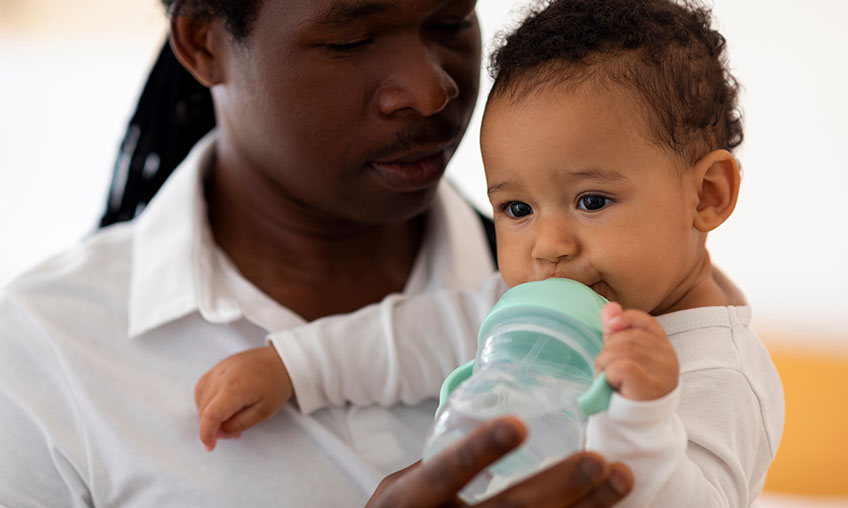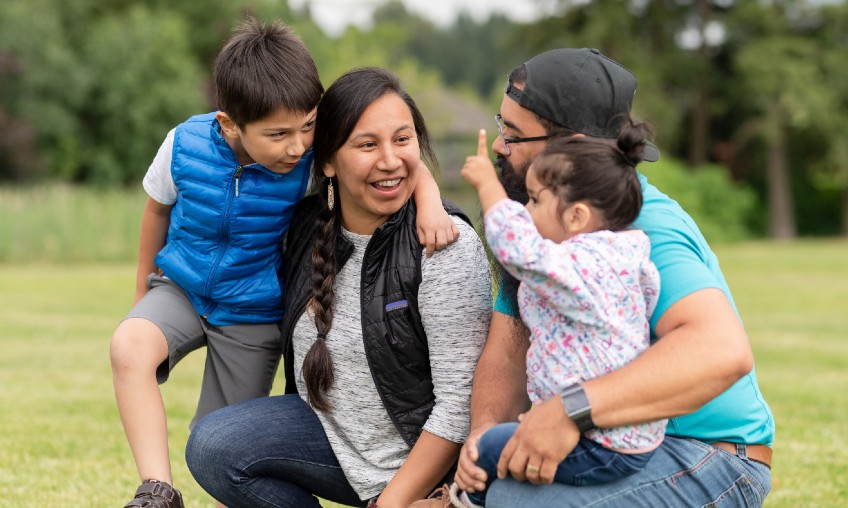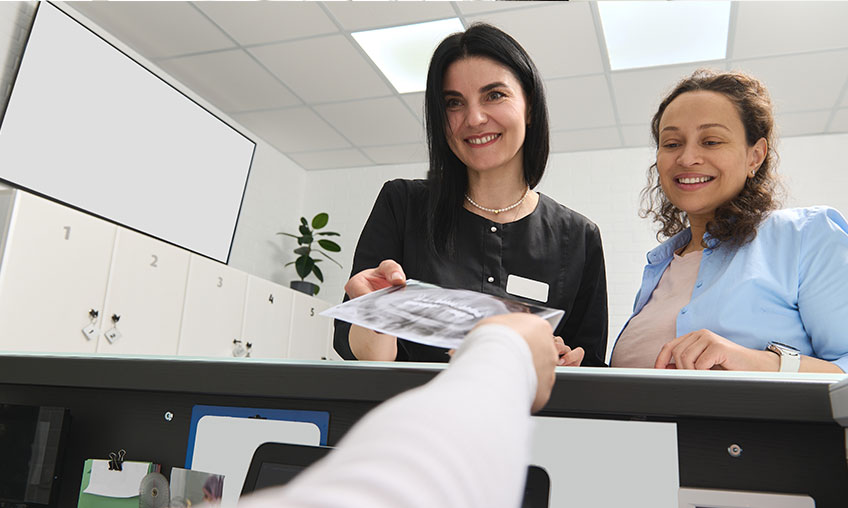 When Gabriella Ciancimino was deciding where to go to dental school, she said she wanted to go to a school that would help her become the best version of herself.
When Gabriella Ciancimino was deciding where to go to dental school, she said she wanted to go to a school that would help her become the best version of herself.
And when DentaQuest’s Dr. Robert Blashka met Gabriella, also known as Gabby, at a conference for the American Academy of Developmental Medicine and Dentistry recently, he had no doubt that the University of Pennsylvania School of Dentistry student has already achieved just that.
Gabby’s passion for I/DD care is as infectious and inspiring as it is informative. Practicing at Penn’s Care Center for Persons with Disabilities Personalized Care Suite, she has had the opportunity to hone her skills and strengthen her passion for caring for one of our most vulnerable populations.
DentaQuest recently had the chance to talk more with Gabby, who shared why she is so passionate about I/DD dentistry, her advice for caring for patients with I/DD and her vision for making dentistry more inclusive.
As a dental student, what made you want to focus on I/DD care?
I knew I had a desire to do something with science and medicine, so I started shadowing providers. I started with my dentist and never looked back. All my experiences in college shaped the discovery of my passion serving this population and I knew that the personalized care suite at Penn would give me both the mentorship and clinical opportunities to become the provider I want to be.
You’re practicing in a state-of-the-art facility built specifically for this population. How can dentists — and patients — who don’t have such a space still provide or access competent care?
Of course, there is a big advantage to the care suite compared with most private practice settings. When we treat individuals at the care suite, we’re allotted four hour time slots, which is what's needed, but that's not ideal in a private practice setting. There are also physical accessibility and space accommodations that many private practices don't have. For example, last week a patient came in with muscular dystrophy and required a larger room because they were on a gurney. We had a large room to accommodate them but many private practices don't have that kind of space.
That said, if patients are able to come to Penn's personalized care suite, that's fantastic. But if that's seen as the only solution, it still causes a huge disparity in where people can get care. I think the real solution is for others to learn how to better provide this kind of care where they are. The truth is, at minimum, all you need is an open mind. Any patient can be seen in a dental chair.
Do you have any tips for dentists who might not be as comfortable as you are providing care to patients with I/DD?
A lot of what we learn in pediatric care can be translated to caring for adult patients with disabilities. Letting them touch something, explaining how it works, verbally telling them what you're doing — saying "I'm going to go in your mouth for five seconds and then take a break" and counting out loud. It helps set expectations and build trust.
We utilize teledentistry to have a call with a parent or caregiver beforehand to learn how to best serve the patient to make them most comfortable. We’ll not only discuss medical or behavioral concerns, but ask “do they love Batman or want to talk about Sponge Bob?” — anything we can do to help them feel comfortable and create a good experience.
What is the biggest lesson you’ve learned from treating patients with I/DD?
A big challenge I've felt is that you can only do so much in one appointment. I recently saw a little boy with Down syndrome who traveled from two hours away. He uses a wheelchair and is non-verbal. It took a lot of effort for him and his mom to get to that appointment and all we could do that day was get him in the chair. I wanted to do so much more, but it's hard to accept that sometimes it's a step-by-step process. It takes a lot of time and a lot of emotional preparation to be able to take these little steps. And next time, hopefully we can get him back in the chair, and then open his mouth.
What do you think is the biggest obstacle to increasing access and care for individuals with I/DD?
Overall, the biggest obstacle right now is lack of training in this field. Many people don't feel competent or comfortable treating people who are medically complex and require behavior management techniques. It's not something we're taught in lectures — how to build trust and make the individual and caregiver feel like they're in a safe space.
What would you like to see change going forward — what’s your vision for the future of I/DD care?
Before, I always thought we needed a specialty for I/DD care, but as I talked about this more in dental school, I learned that separating this population even more makes it harder to get care. What we should really do is teach everyone how to provide care. If everyone could do a little bit more of this we wouldn't have such disparities. That’s what I’d like to see in the future.
I think it's phenomenal that Penn has this care suite because you learn the most from experience. It's one thing to read about what to do, but until you actually have appointments with people with different abilities, until you break open biases and misconceptions and learn how different techniques work for different people, it's hard to really feel comfortable treating this population.
Dr. Blashka agrees. “Thirty years ago, I wish I had this training, because I know it would have made me a better dentist,” said Blashka. “Back then, I would have to close the practice half a day to treat one patient and it was so stressful. There needs to be more accessible training and there should be requirements for learning how to treat this population. I think it's a necessity and it's something everyone can do.”

PREVENTISTRY PULSE
The newsletter designed for anyone who wants to improve oral health for themselves, their families, customers or communities.




